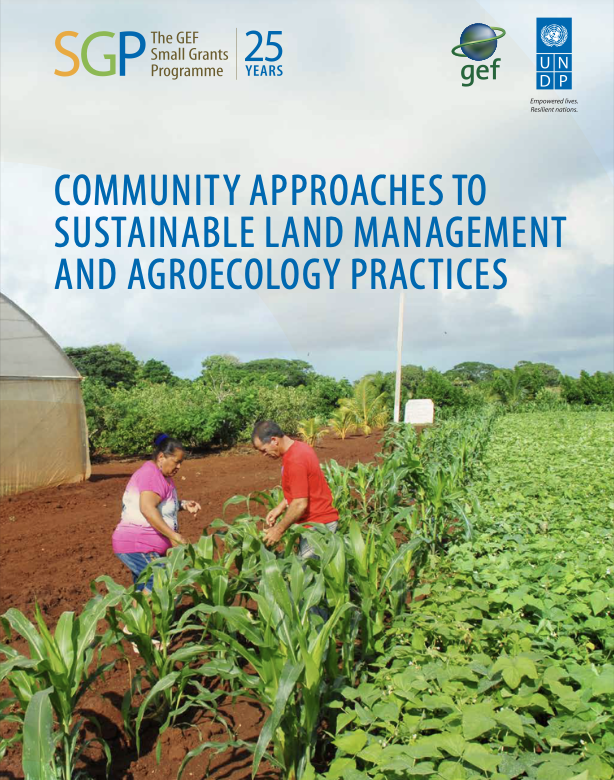Economics of Land Degradation Initiative : Practitioner’s Guide
Land has a value for each and every one of us. Fertile soil provides us with plant life, vegetables, grains, and fibres. Forests supply us with timber and firewood. We benefit from fresh water, food, and many other ecosystem services that land provides us with. Land is also emotionally valuable to people as well, perhaps through associating treasured memories such as playing on it as a child. In any case, all societies and people assign historical and cultural value to their landscapes, their nature, and all natural phenomena associated with land. However, lands are in danger.


